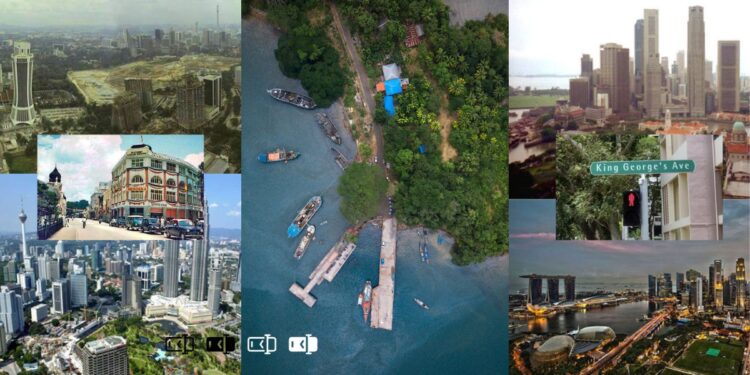Countries around the world actively rename landmarks tied to colonial histories. This growing trend reflects the desire to reclaim cultural identity and shed the symbolic weight of colonialism. Starting with Malaysia, and moving to India and Singapore, nations replace colonial names with names that resonate with local culture, history, and indigenous heritage.
Malaysia’s Move Towards Decolonization
Malaysia has renamed several places and landmarks across the country, often opting for names of native origin that better reflect the nation’s culture, history, and values. For instance, in 1981, Mountbatten Road was renamed to Jalan Tun Perak. Originally, the road was named Java Street in 1889. It later became Mountbatten Road in 1946. This name honoured Lord Louis Mountbatten, the last Viceroy of India. The recent renaming shifts focus to Tun Perak, a respected statesman of the Malacca Sultanate.
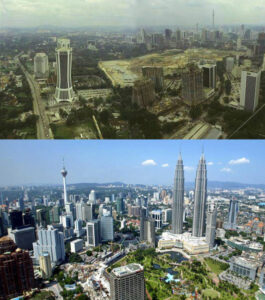
In an interview, professor of Social and Intellectual History, Prof. Datuk Dr Ahmad Murad Merican states, ‘When the colonizers gave their names as in Georgetown and Butterworth, they are stealing the identity of the place. They not only ruin history but erase the history of a place that has existed for so long.’
Similarly, in 1982, Foch Avenue was renamed Jalan Tun Tan Cheng Lock, while Batu Road was renamed Jalan Tuanku Abdul Rahman in 1974.
The decision reflects growing public sentiment. The change has received positive feedback from the community, as people view it as a crucial step in celebrating local contributions.
India: Revisiting Colonial Cities
India, once the jewel of the British Empire, actively sheds the names imposed by its colonizers. The British Empire frequently renamed Indian cities, rivers, and streets to erase indigenous histories and cultures, replacing them with Anglicized versions
Perhaps one of the most significant examples occurred in 2018 when officials officially renamed the city of “Allahabad” to “Prayagraj,” referencing the Hindu sacred confluence of rivers near the city. Another major example is “Bombay,” which authorities changed to “Mumbai” in 1995, honouring the local goddess Mumbadevi and asserting the city’s rich indigenous history.
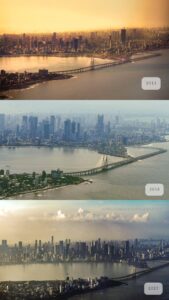
In recent years, this trend has continued. For instance, authorities renamed “Mughalsarai Junction,” a colonial-era railway station, to “Deen Dayal Upadhyaya Junction” to reflect the nationalist values of the Indian government.
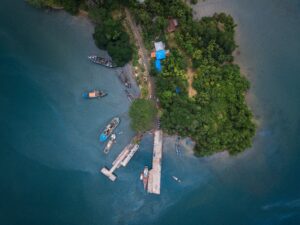
Additionally, on 14 September 2024, the Indian government officially renamed Port Blair to Sri Vijaya Puram. This decision sheds colonial legacies and honors the region’s historical significance in India’s freedom struggle. Home Minister Amit Shah announced the change, stating it symbolizes the victory of local freedom fighters.
Navigating Colonial and Modern Identities in Singapore
Singapore, a former British colony, takes a more nuanced approach to the legacy of colonial place names. Unlike Malaysia and India, Singapore has not widely renamed its landmarks. However, calls to reconsider some names that echo colonial rule grow louder, particularly as the nation grapples with balancing its colonial past and modern multicultural identity.
Singaporean playwright, Alfian Sa’at, stated to Bangkok Post, ‘It’s so strange — the idea that one would defend colonial practice. It goes against the grain on what’s happening in many parts of the world.’

One of the most notable cases of preserving colonial legacy in Singapore is “Raffles Place,” named after Sir Stamford Raffles, the founder of modern Singapore under British rule. Many Singaporeans recognize Raffles’ contributions to the island’s growth, especially in infrastructure and governance. On the topic of colonial statues in Fort Canning, Minister for National Development, Desmond Lee, stated, ‘We do not glorify or celebrate it. However, we acknowledge that it is a phase of our history…’
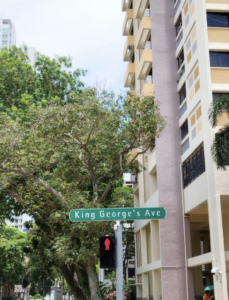
The discussion around renaming colonial landmarks in Singapore reveals diverse opinions. Some Singaporeans support retaining these names, arguing that British rule brought lasting benefits like modern infrastructure, the English language, and efficient governance. According to The Interpreter, political figures, such as Tommy Koh, acknowledge both positive and negative aspects of the colonial era, noting its contributions to Singapore’s development.
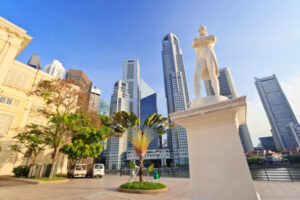
On the other hand, critics, including academics and younger citizens, call for changes. These individuals argue that such symbols reinforce a colonial mindset that should no longer shape Singapore’s identity. Despite this, according to CNA, the government has shown little interest in removing or renaming colonial landmarks like the statue of Sir Stamford Raffles, considering them key parts of the nation’s history.
Why These Changes Matter
Research states that colonizers renamed landmarks to assert dominance and rewrite the history of the lands they occupied. By imposing foreign names on cities, rivers, and cultural sites, they erased or diminished the significance of local languages, traditions, and histories. Today, nations aim to reclaim their cultural heritage by replacing colonial-era names, honoring indigenous figures, and rewriting their own histories.
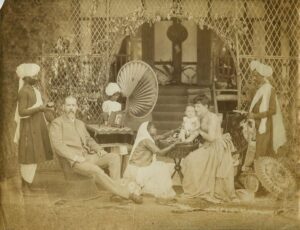
These efforts extend beyond mere symbolism. They reflect a broader movement toward decolonization, cultural affirmation, and the right to self-define. For many, these renaming initiatives represent an essential part of healing the wounds of colonization and restoring pride in local cultures.
As the world continues to decolonize not just physical spaces but cultural memory itself, renaming landmarks serves as an important reminder of the resilience and enduring presence of indigenous and local identities.
A Global Shift in Cultural Identity
From Malaysia’s renaming of colonial streets to India’s assertion of native heritage in its cities and Singapore’s balancing act between colonial and modern names, the trend of replacing colonial names gathers momentum.
This shift reflects a broader desire to move beyond the past and craft new national identities that resonate more deeply with the cultures and histories of the people living in these lands today.
Watch a video here:
More from Wake Up Singapore:-
Man Cheats Death After Tree Saves Him from Fatal Mountain Fall
Malaysians Amused as Two Elephants Hitch a Ride for a Surprise Petrol Stop
If you have a story or a tip-off, email admin@wakeup.sg or get in touch via Whatsapp at 8882 5913.
Since you have made it to the end of the article, follow Wake Up Singapore on Telegram!
Wake Up Singapore is a volunteer-run site that covers alternative views in Singapore. If you want to volunteer with us, sign up here!
If you can, please do consider buying a mug or two to support Wake Up Singapore’s work!



